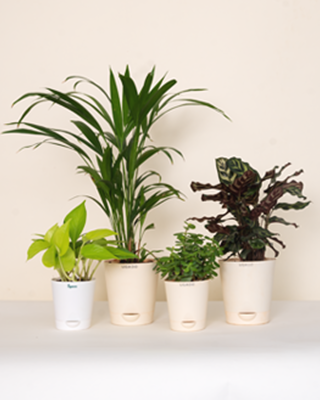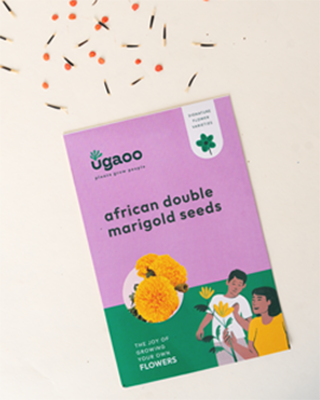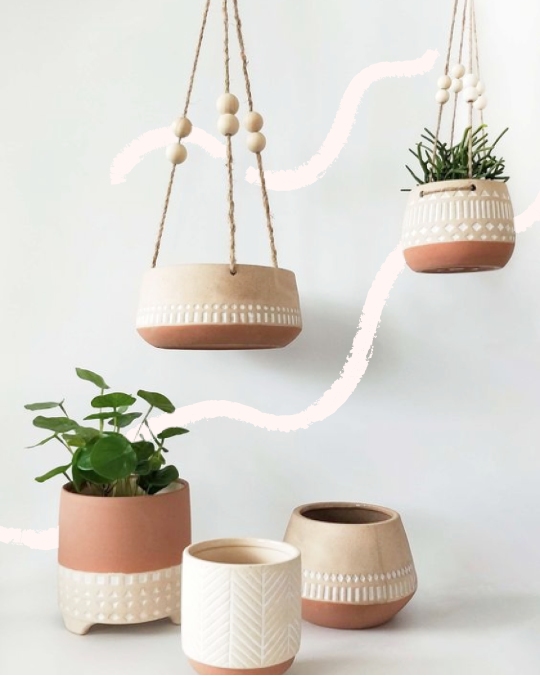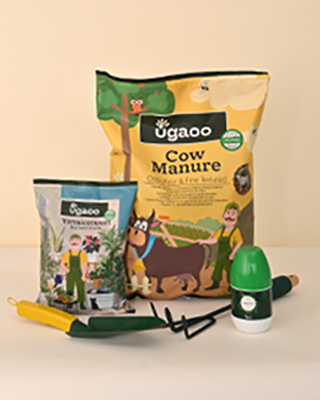For as long as memory serves, indoor houseplants have been a popular and widely used form of home décor. They serve as the perfect link between the cemented, urban indoors and the natural, green outdoors. They bridge the gap between the two worlds and help us create a more harmonious environment for more comfortable living. A little greenery indoors never hurt anyone, right? In fact, it has been proven to have a multitude of unparalleled benefits for the body and mind.
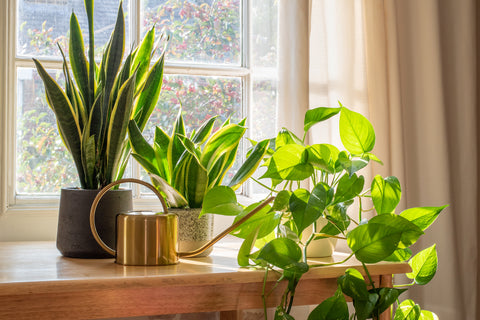
But come to think of it, who put the "house" in houseplants? Were they always used as decorations or was there a time when someone decided that bringing greenery indoors would be a good idea? What are some of the best indoor plants for home? Those are the questions we'll be answering in this blog and also talking about the evolution of the concept of indoor houseplants.
• Indoor Houseplants
As the name suggests, these are plants kept indoors and used for gardening purposes or even just decorative, ornamental ones. These are often potted in pots and planters that add to the aesthetic of any room, and create a vibe in harmony with the personality and character of the individual planting them.
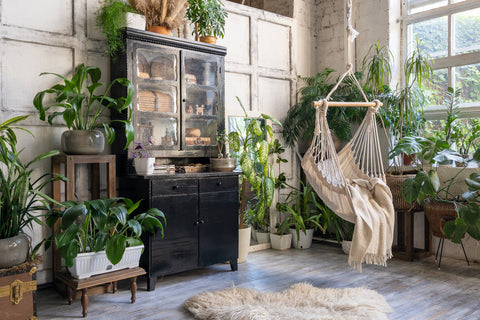
In many ways, the beauty of indoor houseplants lies in the fact that they can easily reflect the personality of the person caring for them. They also can talk volumes about what kind of a home it is, what the vibe of the home is, and much more. Houseplants are thus, for this and many other reasons, very popular and their popularity stays on the graph going up.
• Who First Introduced Plants Indoors?
It is believed that it was the Egyptians who first introduced plants to an indoor environment. They wished to imitate nature within the comfort of their own homes and create greener homes to uplift the environment. Around 5000 years ago, ancient Egyptians and Sumerians brought plants like ferns and palm trees indoor with the hopes of adding color to an otherwise monotonous environment. They made use of fancy pots and colored planters to add even more pops of color to achieve their goal.
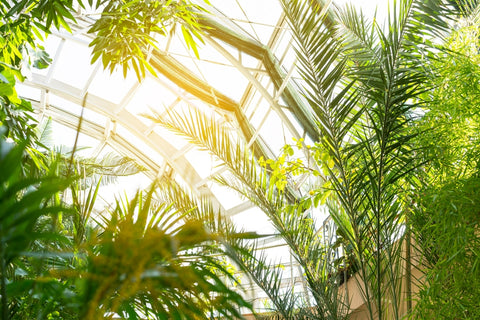
However, there are speculations that even though these communities were the first to bring plants indoors, these were still not placed within four walls but out in courtyards and terraces. Potted plants inside homes are regularly traced back to the Greeks and Romans, who are said to have kept small indoor house plants to add to the charm of their homes.
The debates continue like all others do but the fact stands that the Egyptians, Romans, and Greeks were the communities that created space for plants indoors, and practically became trendsetters for the world that we live in today.
• Types of Indoor Houseplants at the Time and Their Trends
In the times that indoor houseplants first started becoming a trend, the way that these plants were treated and used were much different than they are now. The trends varied and kept constantly changing, much like today. However, there were practices from that time that have still stayed strong today and have gained cultural importance for their respective communities.
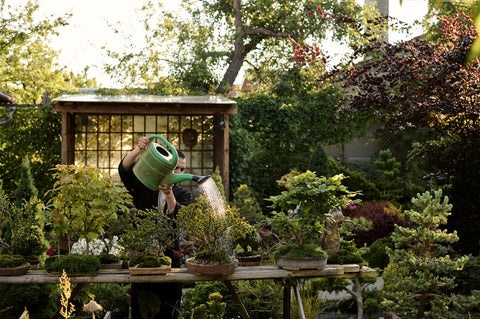
Some examples of these instances lie within communities like those of Japan, China, and Vietnam. These communities wanted to create the best indoor plants for home, and their way to do that was through methodical dwarfing. In these countries, dwarfing plants to make them compact and manageable became routine and popular traditions were formed out of these practices.
Something that you may find surprising is that the concept of "Bonsai" originated in China where it was called Penjing, and involved extreme methods of dwarfing trees.
Another trend at the time was the fad for terracotta pots, as they were widely made and available, as well as convenient and easy to maintain. So, bonsai and terracotta pots soon became a widely adopted trend that allowed countless people to introduce indoor houseplants to their homes.
Buy Pots and Planters
• Evolution of Houseplants: How Do We See Them Now?
Indoor plants became increasingly popular during the Victorian Era. Victorians began studying plants and plant experts then started advising people about how to keep plants in their house, types of indoor plants to keep, how to care for them, and about various other plants to grow at home from scratch. Low maintenance indoor plants were gaining skyrocketing popularity and with good reason.
In the 18th century, when London - one of the most in-demand spots in Europe at the time - expanded in terms of its population and variety, the lower class also was also suddenly got opened up to a wide array of options. Keeping plants indoors no longer remained an elitist concept and word spread across Europe till eventually all parts of the world consistently adopted the idea of indoor house plants.

Today, the sight of houseplants is not a rare one and many different styles of interior décor have adapted, and weaved themselves around incorporating plants into their aesthetic. Not only do we have bigger plants like ferns and palms trees indoors now but also smaller varieties of them, and other small indoor house plants. They have become the trend and their low-maintenance requirements along with their aesthetic appeal have made them a beloved choice to novices and expert gardeners alike.
• Low Maintenance Indoor Plants
These are 6 low-maintenance plants that you can grow and nurture at home conveniently and easily.
1. Jade plant
2. Spider plant
3. Snake plant is another one of the many type of indoor plants to keep at home
4. Money plant and its many variants
5. Monstera, which becomes a more exotic and aesthetically-pleasing plant
6. Lucky bamboo

Buy Plants Online
Whatever your preference in plants, pots, and planters may be, there are multiple types of indoor houseplants to cater to your taste. From small indoor house plants to large living room plants, there are multiple species of plants just waiting to be discovered by you.






